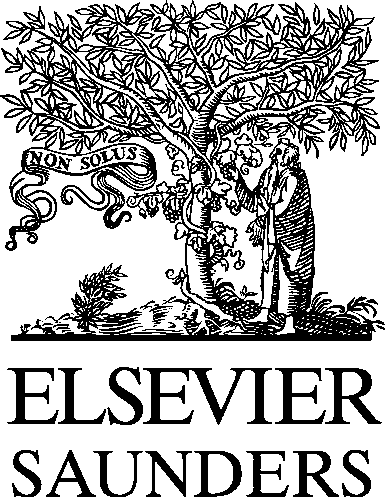Microsoft word - msd_4457580123803433
Effects of childhood body size on breast cancer tumour characteristics Jingmei Li1,2, Keith Humphreys1, Louise Eriksson1, Kamila Czene1, Jianjun Liu2 and Per 1Karolinska Institutet, Department of Medical Epidemiology and Biostatistics, Box 281, 171 2Human Genetics, Genome Institute of Singapore, 60 Biopolis Street, Singapore, 138672, Corresponding author: Jingmei Li, [email protected] A

 Vanderbilt University, T-1218 Medical Center North, Nashville, TN 37232 – 2659, USA
Frequently, the etiology of a pleural effusion is in
only minimally meet the exudative criteria (eg, the
question after the initial thoracentesis. In this article,
protein ratio is 0.52 or the LDH ratio is 0.63).
Vanderbilt University, T-1218 Medical Center North, Nashville, TN 37232 – 2659, USA
Frequently, the etiology of a pleural effusion is in
only minimally meet the exudative criteria (eg, the
question after the initial thoracentesis. In this article,
protein ratio is 0.52 or the LDH ratio is 0.63).